The food preservation techniques and recipes earlier featured simple ingredients and preparation techniques compatible with a limited palette of fresh and preserved foods. Recipes have been written colloquially with ingredient measurements as pinch of salt, teaspoon, tablespoon, or seasoning to liking and the cooking temperatures as hot-fire or a medium-boil or simmering and the ‘cooks’ were expected to know what such descriptions meant because long years of training meant because long years of training passed on by theirs mothers to the daughters. Comprehensive base-level surveys in India have revealed many ways in which good nutrition, food resource management, post harvest technology and intended food security cab be achieved through traditional systems. The wide scale use of high yielding varieties of wheat at the cost of production and acreage of pulses a major source of proteins in vegetarian diets became a matter of concern in early 70’s. However, mixed cropping, inter cropping, involving a combination of crops with different values, maturity periods, capacity to withstand natural hazards, and crop diversification represents one of the most important [practices that characterize the traditional farming systems. A substantial decline in the consumption of food particularly ‘protective foods’ such as milk, vegetables, fruit, eggs, and meat and in expenditure for food was observed in draught affected areas I India suggested the need for technological indulgence for protecting the nutrition of the public at large. Because the final availability of nutrients is affected not only by the nutrient content of the foods but also by the methods of cooking and processing at the household as well as on commercial levels. Keeping some of these factors in mind, this book is bought out to find some of the answers, though the field is so vast and diversified.
Food Quality Management
$59.40
$66.00

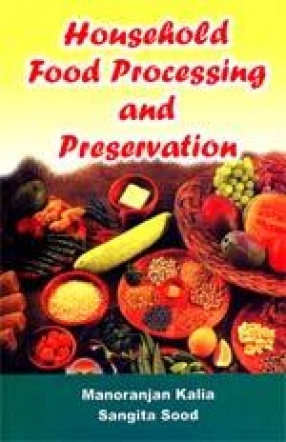
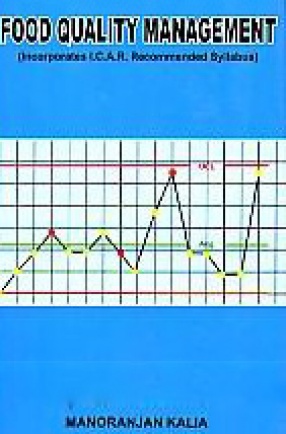

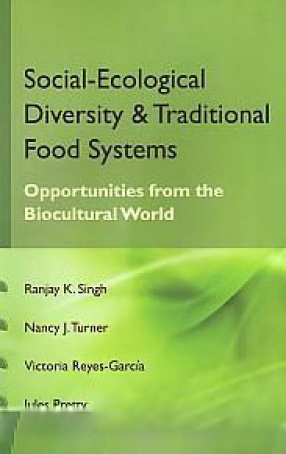
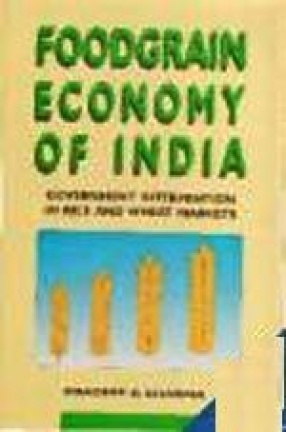
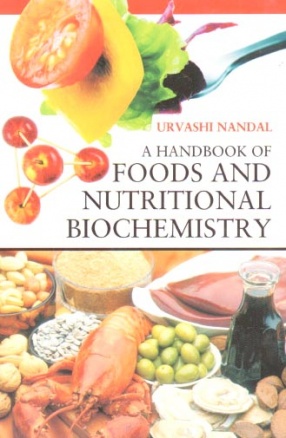
There are no reviews yet.